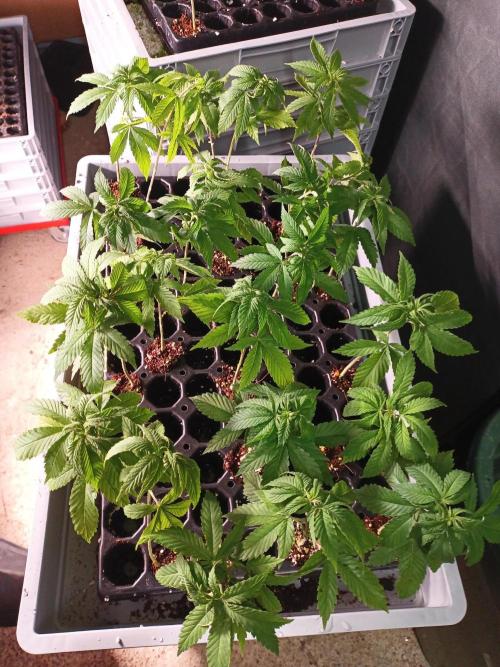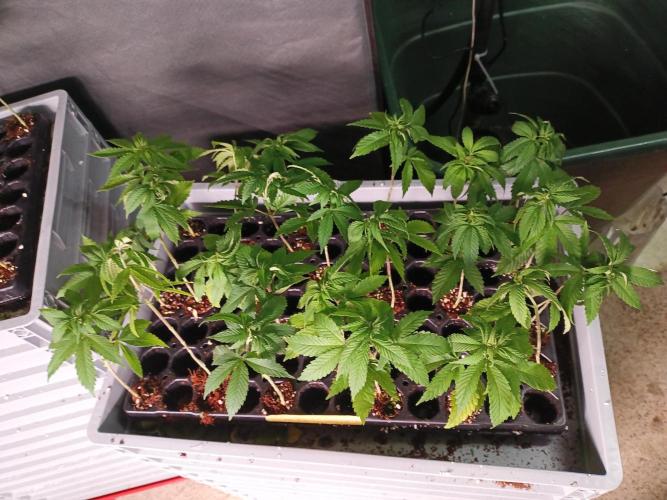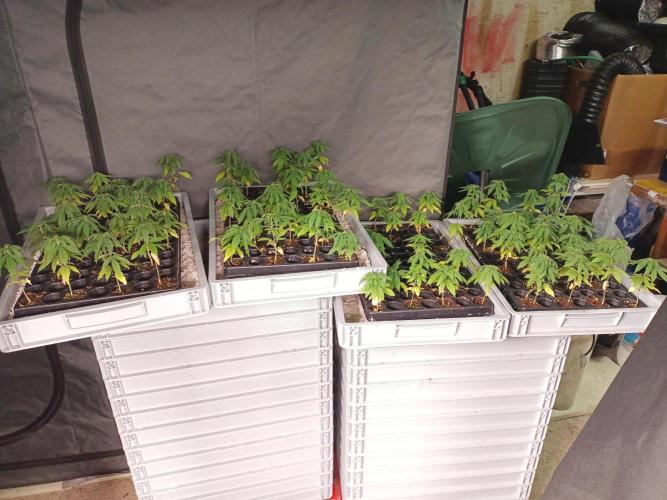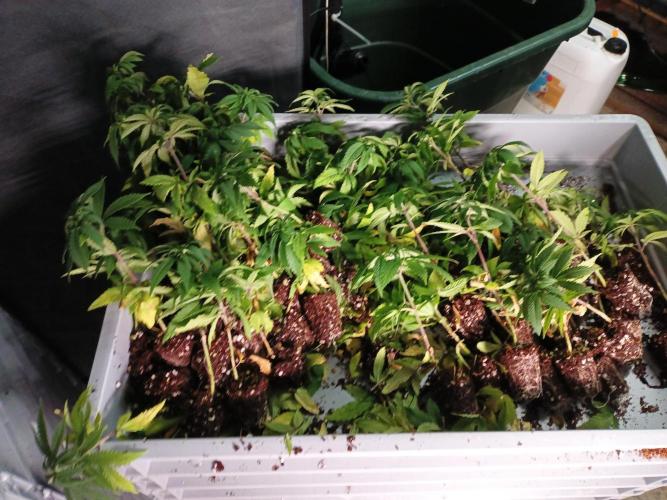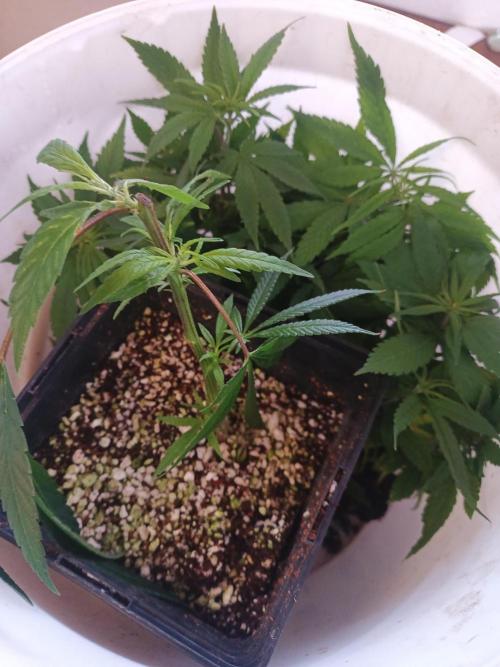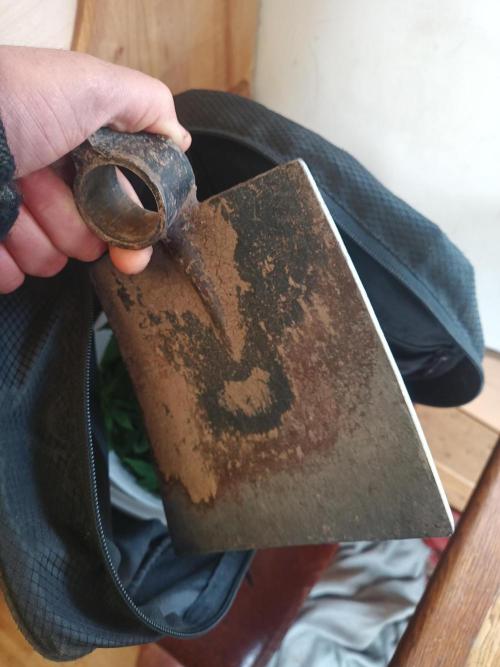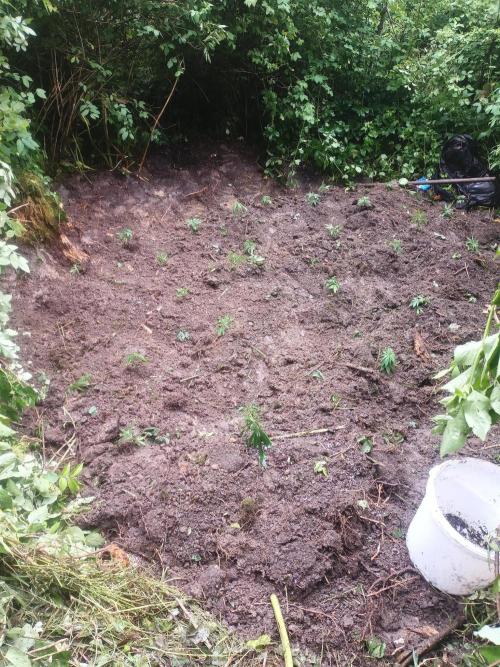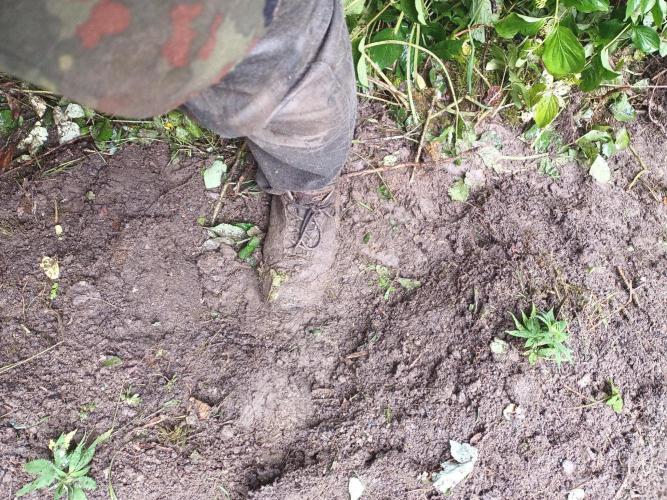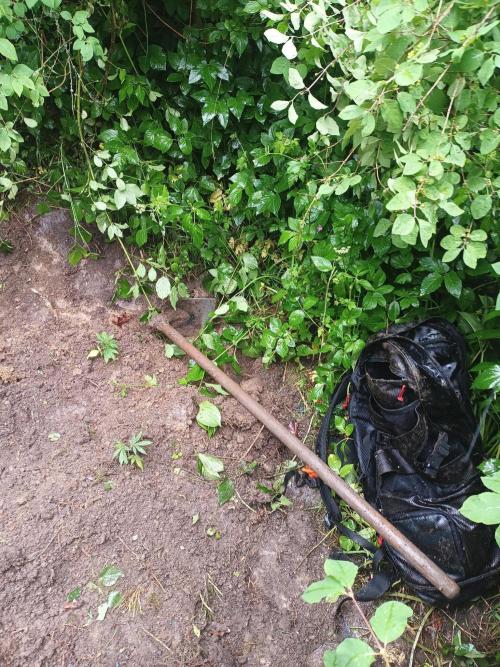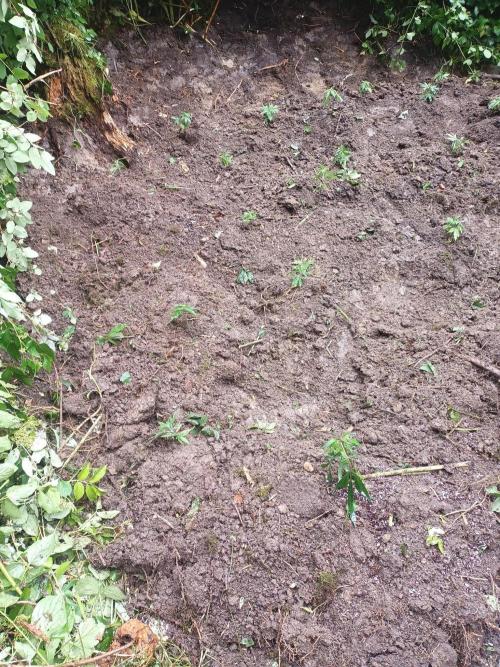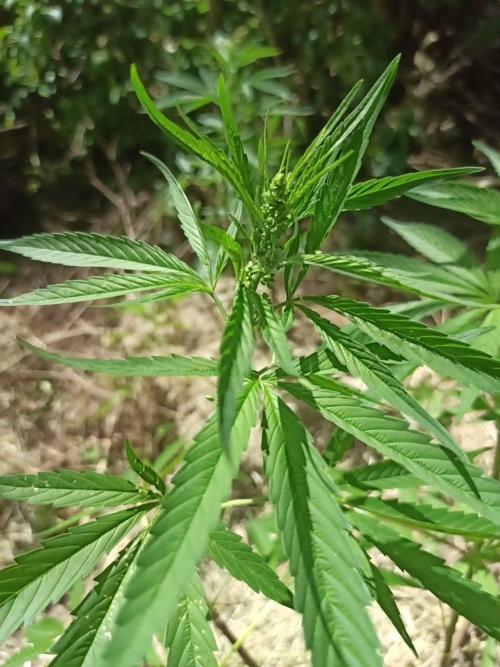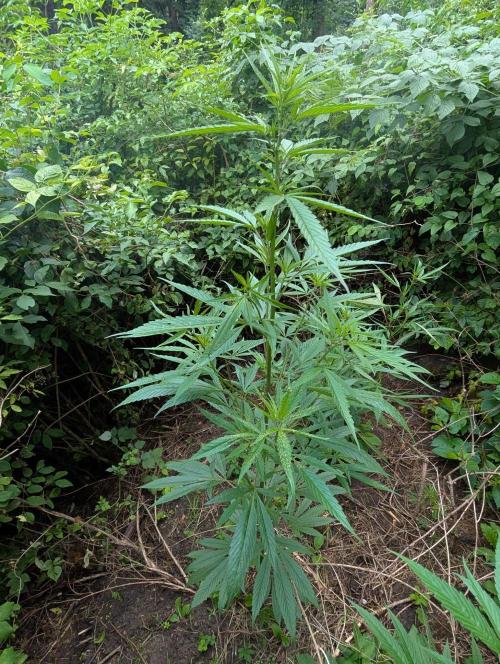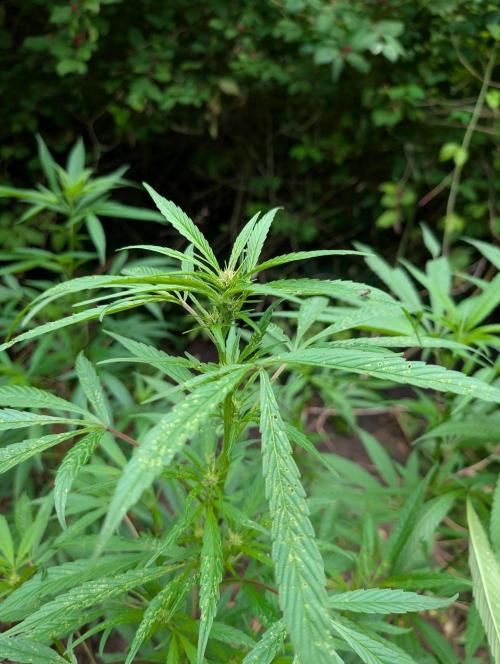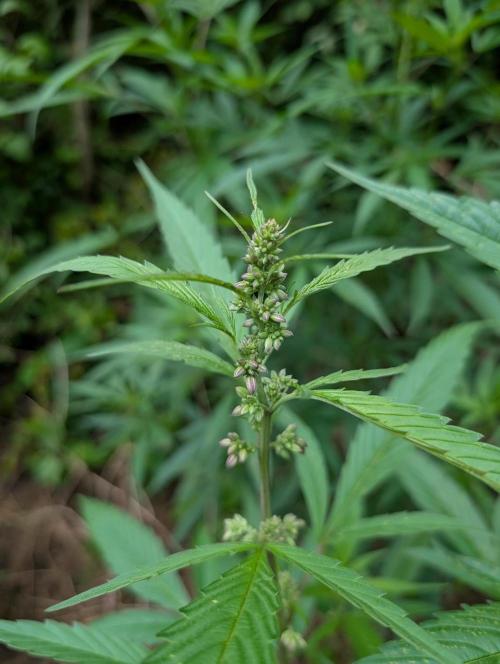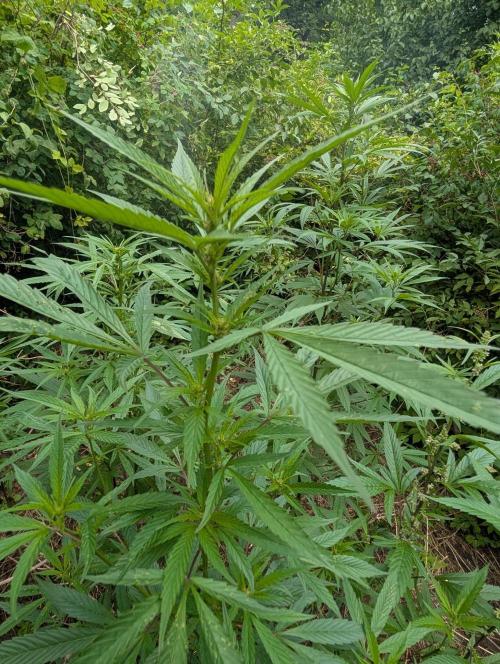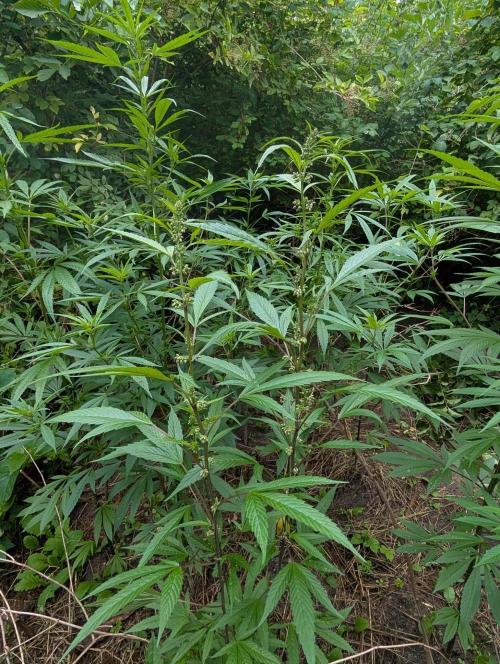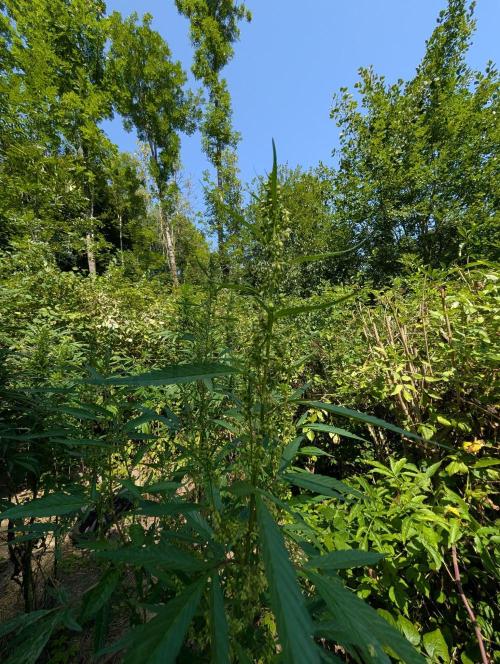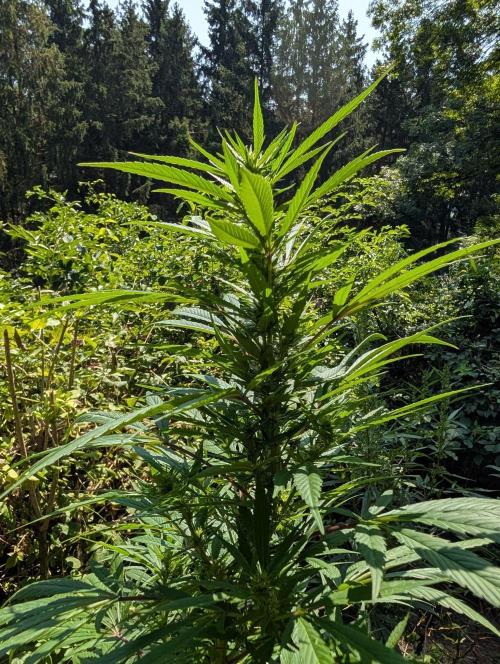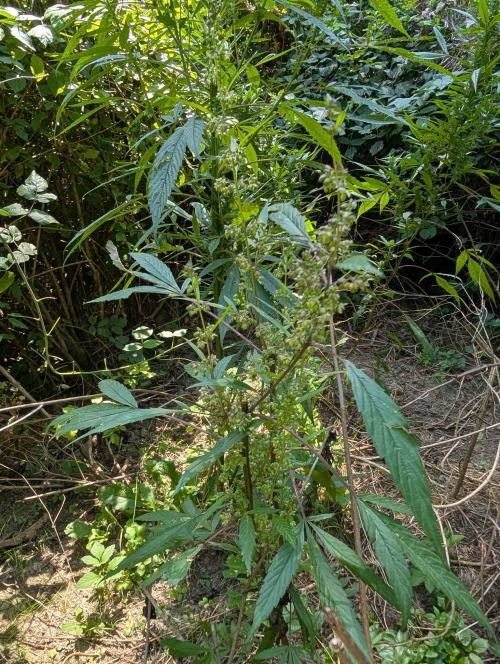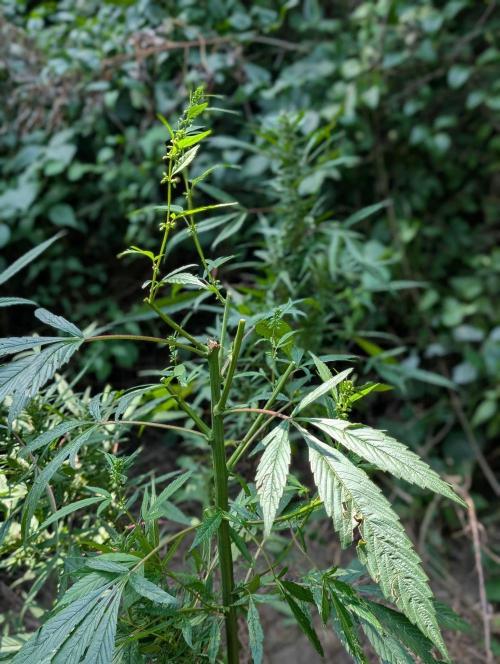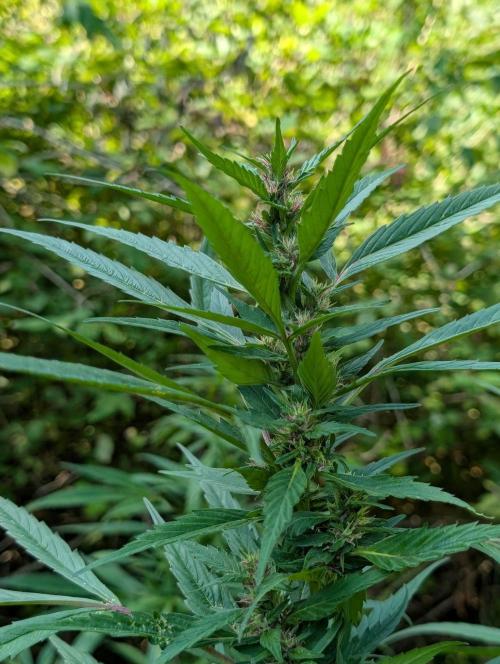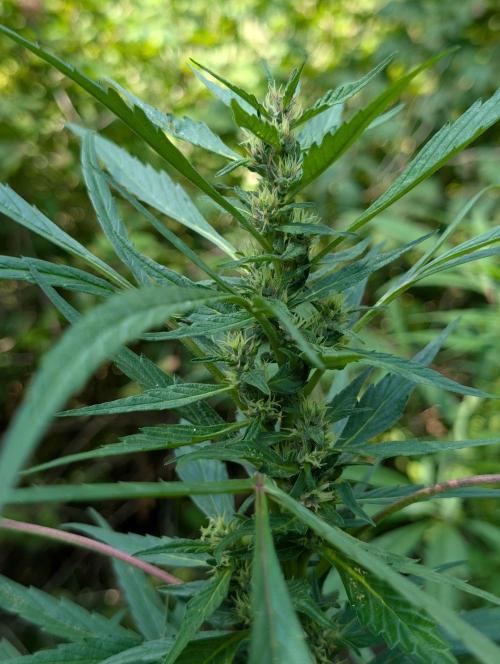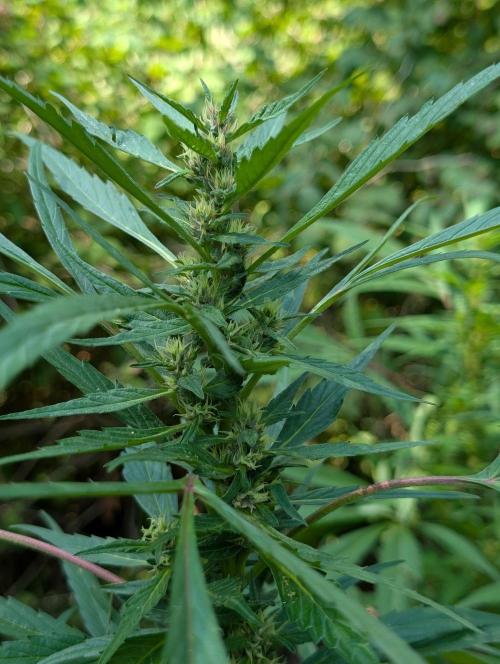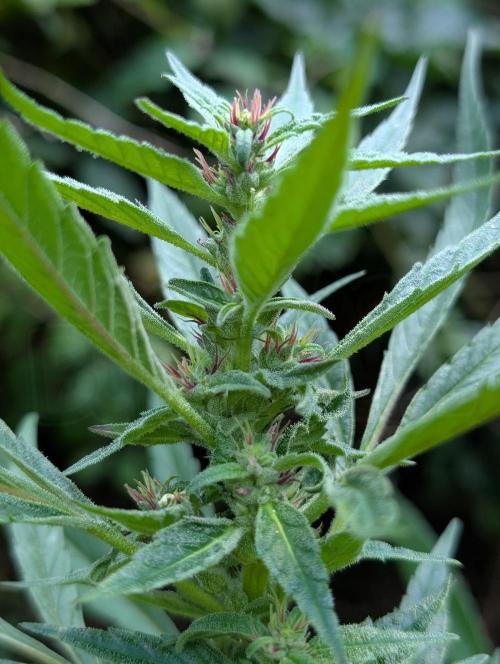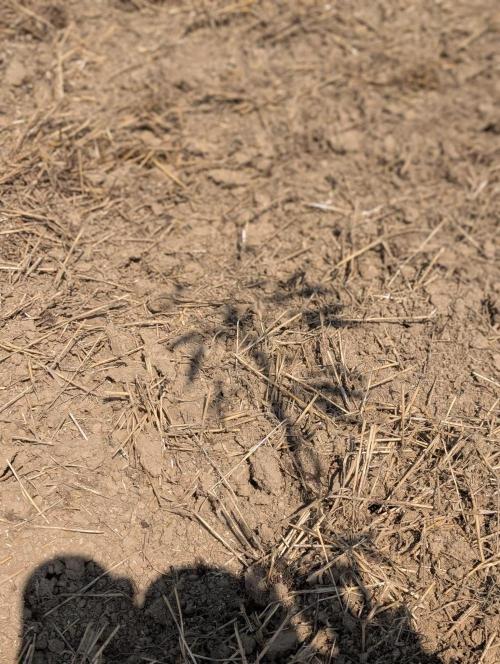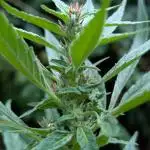Bunkerlinge Baglung Nepalese 2016 batch

Baglung Nepalese 2016
Bunkerlinge
Soil
Mother Earth
Outdoor
Room Type
Start at 6 Week
G
Germination3mo ago
Bunkerlinge Hello dear community,
I’d like to share my work with the Baglung Nepalese.
When Bald Monkey first reproduced this strain from Blue Hemp, I bought 5 packs from him privately with the intention of reproducing it exclusively outdoors from then on. I germinated all the seeds and made my first open pollination with the best plants. That was back in 2016.
Since then, I’ve been working generation by generation with the new seed stock to perfectly adapt the genetics to my climate at 48.5° N. The 2024 seeds are now already five generations ahead of the original 2016 seeds. They’ve become noticeably faster and more resilient: even fully seeded at the end of flowering, they endured two weeks of constant rain with temperatures around 5 °C. Some plants remained completely free of mold, while others were just starting to show it. The line is super-vigorous and colorful, but has lost some terpene diversity due to one-sided selection.
Now the old 2016 seeds come into play — I had produced over 5,000 of them at the time. They were kept frozen for most of the time, but after a bust five years ago (where I luckily managed to hide my seeds outside from the freezer while five narcotics officers were busy with my plants and equipment – R.I.P.), they had to spend two years unchilled in a basement room. This unfortunately reduced their germination rate quite a lot.
That’s why I decided to do a bigger “deep search” in the old 2016 batch to establish new breeding lines and also to mix them with the current line. My 2024 keeper mother is currently growing together with the new plants outdoors and will be fully pollinated.
Method:
I pre-soaked 400–500 seeds in a hydrogen peroxide solution and spread them in a 60 × 40 cm container filled with perlite. After germination, I picked the most vigorous seedlings and planted them into trays filled with a coco/perlite mix. About 200 plants were grown under artificial light until they were around 15 cm tall.
Then came the “stem rub” test: each plant was gently rubbed on the stem and smelled — done in two separate rounds, each with two different noses. Since I know the line very well, I knew exactly which aromas I didn’t want — namely anything herbal, sharp, or peppery. That’s the dominant smell of the 2024 line, and my breeding goal is to reduce or eliminate this trait.
To my great surprise, I found some incredibly beautiful aromas: fruity, berry, peach, bubblegum, and the finest hash notes. In total, 28 plants with exceptional scents were selected and planted in a nice outdoor location.
More to come in the next posts. I hope you enjoy following along — and if you have any questions, feel free to ask!
😀
likes
comments
Share
Used method
Other
Germination Method
1
Week 1. Vegetation3mo ago
15 cm
Height
25 °C
Day Air Temp
80 %
Air Humidity
15 °C
Night Air Temp
Bunkerlinge While planting out, I got soaked to the skin — even down to my underwear — but after a long dry spell, I hit the perfect timing. With minimal gear, I headed out to the planting spot. The plants were planted with a one-time application of a nitrogen-rich Blaukorn mix and a balanced Blaukorn mix (8/8/8), which I combined in roughly equal parts.
I don’t do soil replacement anymore — I’m simply too old for that. Instead, I just add a bit of fertilizer on top. Interestingly, I’ve had an extremely high female ratio at all sites, even though the genetics are different. The only common factor is the similar fertilizer mix. Could that be having an effect? For my breeding project, it’s of course only semi-optimal.
the big pot is my Nepalese 24 keeper mom for the back cross 🙏
likes
comments
Share
2
Week 2. Flowering3mo ago
100 cm
Height
30 °C
Day Air Temp
60 %
Air Humidity
20 °C
Night Air Temp
Bunkerlinge The pictures are from July 21st at 48.5° N. There were only four males, and I chose the two most fragrant ones — one of them is already starting to show some purple tones.
At the spot, there’s now one Nepal ‘24 keeper mother, the two males, and 20 Nepal ladies. As I mentioned in the first post, I have roughly the same male ratio at all locations. Still, it certainly has its advantages when there are so many females in the mix.
I cut back the two males to give the females a bit more of a head start. By the way, this grow is strictly for seed production — to be honest, I don’t even know this genetic as sensimilla, since I’ve always pollinated them fully. :p
to be continued!😍
likes
comments
Share
6
Week 6. Flowering3mo ago
200 cm
Height
35 °C
Day Air Temp
80 %
Air Humidity
20 °C
Night Air Temp
Bunkerlinge Yesterday it was once again time to check on the plants – overall already the fifth visit. I removed and dug out the males, for which I had shortened a spade so it would fit into my backpack.
To my great delight, my Purple Keeper male actually had the marking we made right after germination with a yellow cable tie – on a seedling that clearly stood out from the others back then. Already at germination it had a much thicker stem, and shortly after sprouting it already showed trichomes, was sticky, and later became remarkable because of its incredibly unique scent.
I only noticed that it still had the marking when I dug it out – really awesome! 😃 The two guys were brought home in the backpack and are now standing in pots in the shade, so I can collect pollen in a controlled way for future hybridization projects.
Sorry for the poor image quality – the light was really bad for taking pictures. The video turned out much better and also shows the structures nicely. But it will still take a little while until it’s edited and uploaded.🙏
likes
comments
Share
Enjoying this diary? Follow for more updates!
Prefer the old Diary view?
Go back to the old Diary view
